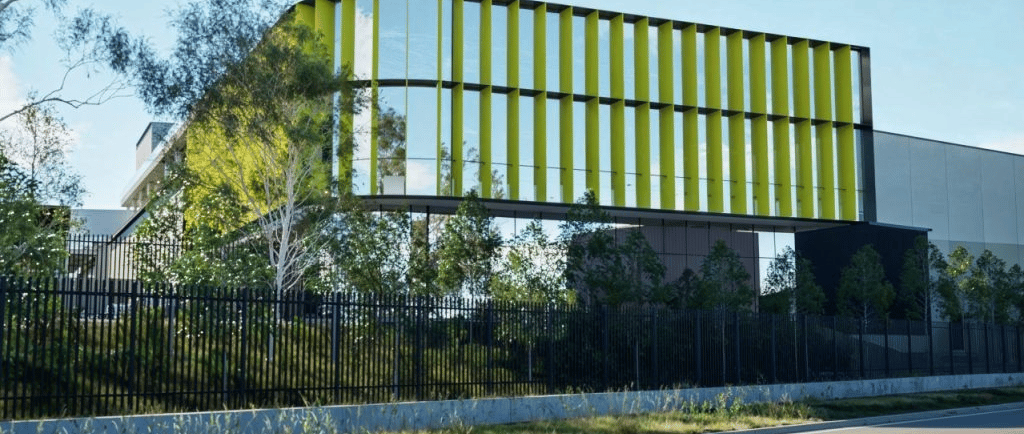When Data Dreams Meet Desert: CDC’s AI Ambition Lands in Western Australia
CDC Data Centres has revealed plans for a 200 MW AI-ready campus outside Perth. Here’s how that bold move could reshape WA’s digital backbone and what risks must be overcome for it to matter.
CREATORS


The moment you draw a line from resource regions to data regions, you sense a tectonic shift. In August 2025, CDC Data Centres announced plans to build what it describes as Western Australia’s largest AI and advanced technology campus—an infrastructure leap that seeks to turn WA from a passive resource province into a digital hub. Digital Infra Network+1 The question now is whether this promise will deliver substance or slip into another infrastructure mirage.
A vision of sovereign scale
CDC’s proposed campus, located in Maddington just southeast of Perth, calls for 200 MW of high-density capacity—an ambitious scale in Australia’s data infrastructure landscape. Data Center Dynamics+2Digital Infra Network+2 The first phase is backed by a A$415 million investment. Data Center Dynamics+1 Construction is expected to begin immediately, with parts of the facility slated for operation by 2026. W.Media+1 The campus design will include advanced liquid cooling and a closed-loop primary cooling system that aims for zero water consumption. Digital Infra Network+2Data Center Dynamics+2
CDC frames this not merely as a data centre but as a campus—complete with secure office space, amenity zones, research and innovation zones, and infrastructure tightly integrated for high-intensity compute, quantum, AI, defence and advanced tech use. Digital Infra Network+2Data Center Dynamics+2 CEO Greg Boorer describes the move as a commitment to sovereign, secure infrastructure for WA, signalling intent to support government, defence, research, critical infrastructure and technology sectors. Digital Infra Network+1
The project is intended to leverage WA’s renewable energy potential and position the state as a centre for resilient AI infrastructure in the region. Digital Infra Network+1 When complete, the WA campus will expand CDC’s pipeline across Australia and New Zealand beyond 2.6 GW of demand. The Tech Capital+2Data Center Dynamics+2 Thousands of jobs in construction and operation are expected, and the project is designed to anchor future investment flows into WA’s digital economy. Digital Infra Network+2Data Center Dynamics+2
Why WA matters—and what makes this move strategically important
The locational logic is layered. Western Australia offers geographic advantage (time zone offsets relative to Asia/West Coast US), renewable energy potential (solar, wind), relatively untapped data infrastructure markets, and the possibility of becoming a sovereign node in Australia’s AI ecosystem. CDC’s presence could reduce latency, increase resilience, and reduce dependency on eastern states’ data hubs.
The push aligns with national security and sovereignty narratives: in a changing geopolitical era, data infrastructure is as strategic as ports, pipelines, or minerals. CDC itself references demands from defence, critical infrastructure and government as core target clients. Digital Infra Network And as Australia positions itself in alliances like AUKUS, having secure AI-ready compute capacity in the west strengthens distributed resilience. Data Center Dynamics+1
From an ecosystem perspective, CDC’s move could catalyse further investment, attract high-value tech firms, and anchor downstream services—AI engineering, edge services, quantum compute providers, network operators. It may help shift perceptions of WA from a resource outpost to a tech frontier.
The risk vectors that could derail ambition
Bold infrastructure plans often fail—not because ambition is wrong, but because execution complexity is underestimated. Let us name key risks:
1. Power and grid readiness
Supplying sustained high-density compute at scale demands robust, resilient, and cost-effective power. The campus must secure long-term energy contracts, grid upgrades, and possibly dynamic demand systems to handle peaks. Any mismatch will raise cost curves.
2. Cooling, water, and sustainability
CDC’s closed-loop and waterless cooling approach is promising, but scaling it reliably under load is nontrivial. Failures in thermal design or energy inefficiency could erode the environmental narrative. Real-world performance under stress matters.
3. Talent and specialist skills
Operating AI-scale infrastructure demands systems architects, cooling engineers, security experts, software staff, network engineers. WA’s tech talent pool will need expansion. Otherwise the campus may rely heavily on imported expertise, raising costs and friction.
4. Market demand and anchor tenants
The financial viability rests on securing anchor clients—government, defence, large enterprises—that commit to multi-megawatt tenancy. Without early demand, the economics become challenging. CDC must market aggressively and lock in contracts early.
5. Regulatory, security and data sovereignty risks
Handling sensitive workloads for government and defence brings regulatory oversight, data security demands, certification compliance. Any breach or misalignment with policy can jeopardise trust. The project must preempt regulatory scrutiny with strong governance and transparency.
6. Local community & land use issues
Large facilities bring infrastructure, traffic, environmental concerns. Community backlash or regulatory delay could slow timelines. Stakeholder engagement is essential.
What success would look like—and what to watch
If CDC’s WA campus takes shape as envisioned, it could mark a new axis in Australia’s digital geography. Here are performance indicators worth watching:
Time to full buildout of 200 MW and subsequent phases
Feed-in of renewable energy or power purchase agreements
Anchor tenant commitments (government, defence, research)
Performance metrics for thermal, PUE, sustainability
Growth in adjoining local industry: AI firms, data service providers
Talent pipeline: number of roles filled locally, apprenticeship and training programs
Supply chain development: hardware, cooling systems, networking ecosystems
If these move in alignment, the WA campus could become a linchpin for national AI resilience.
Closing Reflection
CDC’s decision to spearhead AI and advanced tech deployments in Western Australia is not merely about bricks and servers. It is a statement of intent—about sovereignty, about shifting digital gravity, about rebalancing power across continents and coasts. The ambition is real. The challenges are steep. What matters most is that execution matches promise.
TMFS sees this as a moment for collective accountability. The WA government, energy providers, regulators, universities, defence bodies and private sector must cohere, not fragment. We must treat data infrastructure as strategic infrastructure, not speculative infrastructure. We must demand transparency, performance metrics, resilience, equity, and local capability.
If you are a tech leader, an innovator, an investor or a citizen, watch this space closely—and engage. The foundation of future AI in Australia may well begin in Perth. Let us hope it is built on vision, discipline and integrity rather than optimism alone.
All rights belong to their respective owners. This article contains references and insights based on publicly available information and sources. We do not claim ownership over any third-party content mentioned.


